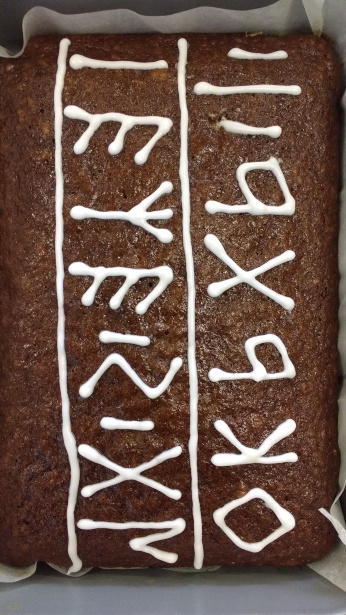Since Robert and I attended last August a special symposium on Japanese, Chinese and Korean writing during the AWLL workshop in Japan, I think it would be fair to continue this series of posts with these cultures.

Fuxi and Nüwa with measuring tools
We will start with Fuxi, the first of the mythical emperors of China. He is often pictured as half man and half snake, like his wife Nüwa, and he is a mythical civilising character who brought hunting, fishing, cooking and marriage rituals among other things to his descendants: the Chinese people. Although it was never used as a real means of written communication, he created the written signs of pa kua or ba gua, the trigrams used as the base of the I Ching, the most important divination text in Chinese culture. According to legend he was inspired to create the trigrams by the marks on the back of a tortoise he saw by the Yellow river. Continue reading “Writing Gods & Myths V: East Asia”





